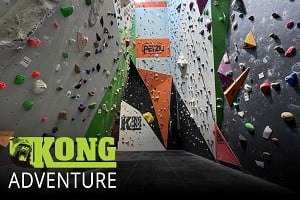In reply to kipper12:
> Interesting. I’d like know where they sampled from in the wall areas, as personal, breathing zone, samplers give the most accurate assessment of individual exposure. The dust levels are noticeable, but particulates that you can see are way too large to penetrate the deep lung. Rightly it’s the particles smaller than 5 microns or so which present the major concerns. Climbing in an air fed hood will be entertaining.
They report that they sampled both settled and airborne dust. They also distinguished between airborne dust that was inhalable (likely to be trapped in the nose / mouth) or respirable (likely to penetrate deeper into the lungs).
For me, the main takeaway messages of it were:
- airborne exposure to rubber-derived compounds in some climbing walls could be higher than that experienced from standing by a busy city road ( and exceeded WHO guidelines)
- climbing wall employees had the highest exposure to these compounds
- if climbing walls want to minimise exposure to airborne rubber-derived compounds, they may need to clean more often, use HEPA filters or even ban certain shoe models!
I wonder if we will start to see climbing walls taking these (possibly unexpected?) results on board; and whether climbing shoe manufacturers might change their rubber formulations for shoes intended for indoor use?









